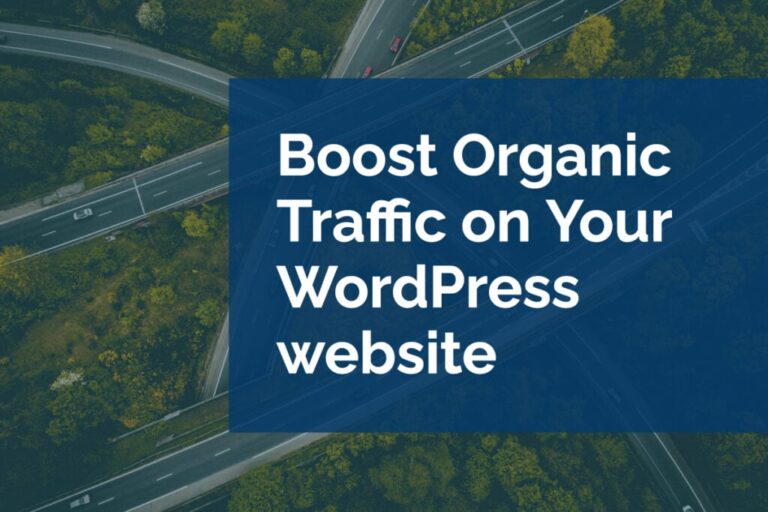Multi-language Websites
We get occasional requests from clients to create multi-language websites or to adapt existing content into additional languages. We love the idea of sharing content across the world, and of opening new markets for our ecommerce clients. There is a fair amount of planning to make this work well and several solutions for translating work.
Manual Translations
One way to deliver translated content is with language specific pages. However, handling these pages creates a few technical hurdles to overcome. You don’t want to just create an alternate URL with the exact same content in a different language. There’s a whole functional system to consider.
First, you want the search engines to feed the correct pages to the right viewer. If your page is ranking in English but the person searching for your site is speaking German, you’ll want them to find the German version of your page. Additionally, regional dialectics for a language can be targeted for those languages with location-based differences.
Next, there can be negative SEO impacts of feeding the same content on multiple pages. Unless Google understands that you’re feeding the content to the user in their native tongue they may reduce your ranking for the page.
Correctly implemented hreflang architecture can assist with all of these issues. Yoast wrote a great article on hreflang support and how to implement it on your site. Implementing this system manually requires a lot of organization, some careful development, and a heavy SEO overhead. Fortunately, there are some solutions that provide a similar system while removing the burden from your team.
Automated Translations
There are several plugins and services that provide the kind of translation capabilities needed to create language specific pages with a certain amount of automation. The amount of automation can vary from service to service so be sure to review the options. Here is the short list of translation tools that are currently on our radar:
Essentially, these tools will provide an interface to manage the translation of your site into different languages by leveraging the text on your site that is rendered as HTML. The interface should allow for a translation file to be created for each language that you want to support. Note that typically this still means you need a native speaker of the translation language to provide that translation. However, at least one of these (TranslatePress) features a Google Translate API connection which can provide “instant” translations. The quality of the automatic translations can vary with the language and the dialect so caveat emptor.
Multi-Language Websites Translation Quality
The translation itself needs to be spot on. You want to make sure the context and not just the literal words make the language jump. We do recommend that if the target audience is a major user of your site that you take the time to have your translations reviewed by a native speaker.
Often, many different regions can use the same language with some regional distinctions. For example, French is an official language in Belgium, Benin, Burkina, Faso, Burundi, Cameroon, Canada, Central African Republic, Chad, Comoros, Côte d’Ivoire, Democratic Republic of the Congo, Djibouti, Equatorial Guinea, France, Haiti, Luxembourg, Madagascar, Mali, Monaco, Niger, Republic of the Congo, Rwanda, Senegal, Seychelles, Switzerland, Togo, and Vanuatu. But, not all of these countries speak French the same way.
If you have a translation issue with your site, we’d love to talk to you. Consulting on these problems is the first step to implementing a great translation solution.





